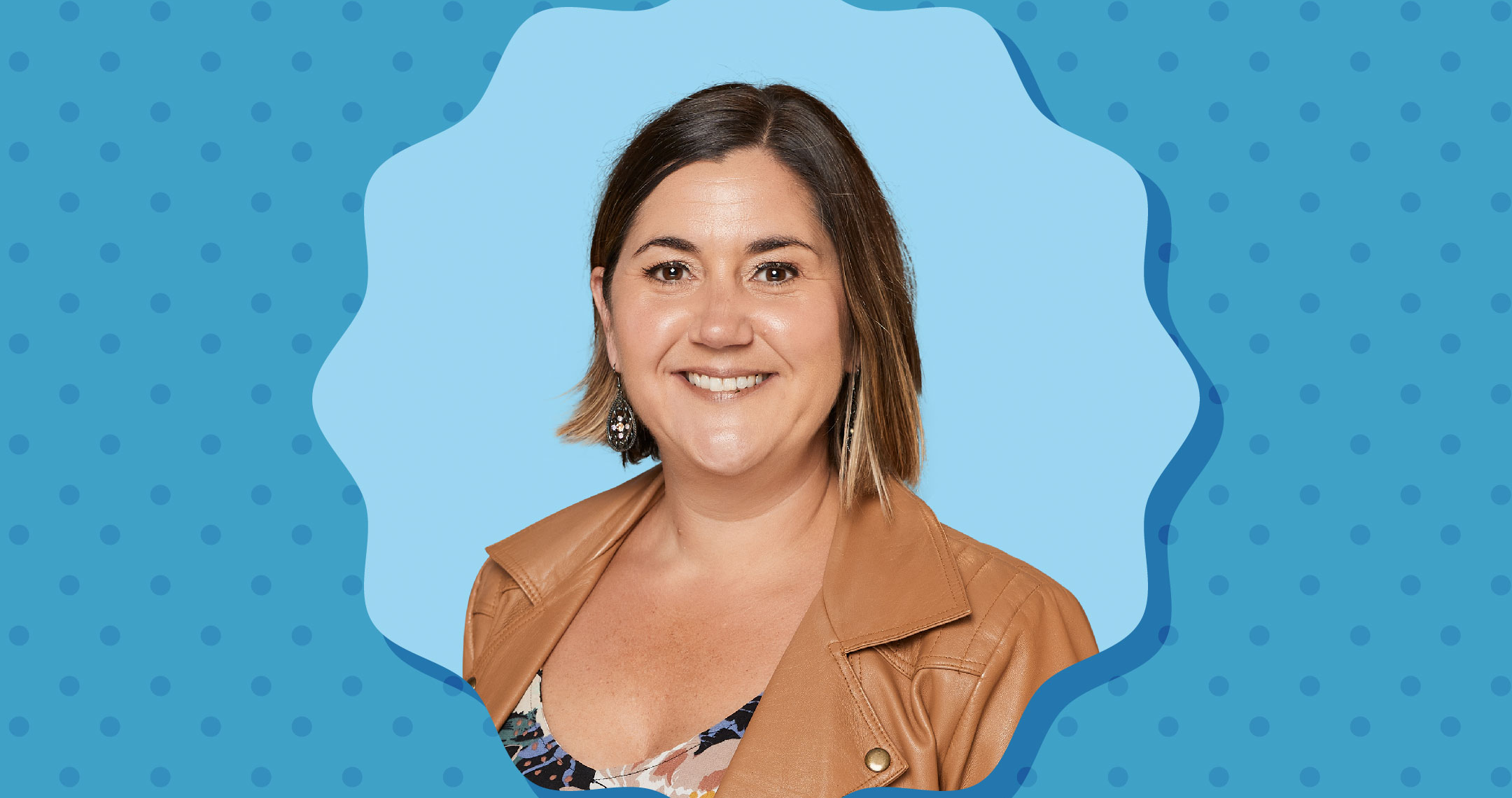
Putting the personal touch in property management
Successful property management is all about relationships. So how can you make sure those all-important connections between managers, owners and tenants flourish when everything is happening from a distance?
Brock and Scott bring you their guide to keeping things warm and fuzzy when so many interactions are digital and device-based. They’ll also share what they’ve learnt about putting the personal into the digital experience as they’ve developed and launched the Kolmeo app.
Why personal matters
Few of our assets are as personal to us as residential properties are. And this holds true for people buying to invest as well as owner occupiers so it’s vital to remember that few owners see their rental as just a series of income and cost transactions. For most customers, their property is tied up with important goals, like providing a better life for their family or having a decent nest egg for retirement. And because of that personal attachment, they need a relationship with their property manager that goes beyond the numbers, maintenance issues and other routine updates.
Your tenant, on the other hand, has completely different goals, but an equally important personal connection to the property. It’s their home and the place where they want to experience comfort and security.
So it’s just as important to build strong relationships on both sides. And that’s no easy feat when you need to show an equal degree of empathy for two people with very different interests and goals. But by framing your communication according to what each one is looking for you can build the sort of relationships that deliver a better experience for everyone, as well as huge benefits to your business.
Goodwill is good for business
We humans love to connect. That means building rapport, with tenants and owners, is going to be personally rewarding for property managers. But that positive interaction can be much more than a warm and fuzzy feeling for all involved. Given the different goals and needs of tenants and owners, competing interests are bound to come up. And goodwill credits with both sides go a long way towards resolving these problems.
Making the best of potentially tricky situations without anyone losing their cool brings a significant pay-off for real estate businesses. Let’s say you have 100 properties on your rent roll. That adds up to roughly 400 owners and tenants. If employees deliver a negative experience, or even an average one, that puts a significant number of those 400 relationships at risk.
Property management is a game where every year you lose a chunk of business because people sell. By making plenty of positive moments in these relationships, you’re building the advocacy that supports organic growth for your rent roll over time. So you really can’t afford to be blowing up chances of nabbing more properties because of disgruntled owners. And when just one person in the value chain isn’t feeling the love, it can create negative cycle that affects everyone, including employees. Staff coming to work in fear of people yelling at them are paying far too a high price in terms of their wellbeing and self-esteem.
Culture is everything to your customers
This last point is a really important one for building a culture that supports high-value customer relationships. Because you simply can’t expect a property management team to take a genuine personal interest in customers if you aren’t doing the same for them.
At Kolmeo our belief has always been that the experience you create for your people, is the experience you’ll create for customers. And your business and brand are only as good as the worst experience any one customer is having. Getting that customer experience up to a consistently high standard means providing support and coaching for any team members who are lagging being.
If you want your team to truly care about customers, and have the capacity to show it, that means making a conscious decision about what you’re asking your people to do with the time available to them. Expecting property managers to juggle a 250 property portfolio, each with no support, might give you an amazing competitive edge as an ultra low-cost property manager. But if your goal is next-level service quality, your people are being set up to fail if they’re expected to operate far beyond what’s realistic for even the most dedicated and capable employee.
And even the very best of recruits can’t realise their potential without guidance and support. It’s up to business owners and managers to design onboarding, coaching and systems that enable every team member, even those with moderate motivation and skills, to treat your customers in a way that reflects well on your entire company.
Putting it into practice
So what does all this personal stuff look like out there in the real world, right now? Here are some ways you can build a foundation for outstanding customer relationships. Some are important regardless of how you’re interacting, while others are essential for the current demands of remote working practices and social distancing.
For your team
- Coach for better customer communication – handling conflict communication in a positive way doesn’t come naturally to many. When the people we’re looking after aren’t happy, we can lose confidence and revert to a defensive communication style that comes across as hostile. It’s worth doing some role-playing with your team to get them used to taking an approach that reduces friction when things get heated.
- Keep the banter going – at Kolmeo, many forms of casual communication have been vital to creating our playful and supportive working culture. It helps us genuinely enjoy what we do and brings out the best in everyone. Thanks to Peta, our Head of People and Culture at Kolmeo, we’ve got plenty of ways to keep connecting with each other when working from home, and not just for doing business. Virtual coffee catch-ups, birthday celebrations and Friday night drinks still happen just like they always have.
Getting everyone on a chat platform like Slack, Skype, or Teams is a good place to start. Another is to get in the habit of having face-to-face conversations as much as you can, instead of defaulting to email or text.
For customers
- Choose your channel – try as much as you can to do the same for your customers. Call instead of sending an email or better yet, hop on Zoom or FaceTime when you need to reach out.
- Get on the front foot – if you wait for a relationship to happen with a tenant or owner, it’s likely to be a bad one. By only communicating when you need to, there’s a good chance you’ll be the bearer of bad news – a rent increase or an expensive maintenance issue. Instead, make a point of having conversations just for the sake of checking in with people and finding out what’s going on with them. Make sure you’re alert to the personal details they share – a family birthday coming up or a new job they’ve applied for and use these as a reason to follow up with them again in the future.
- Add value in every communication – there’s always going to be a lot of information going back and forth in property management. With the ever changing goal posts that have been a feature of the pandemic, there are even more updates to get tenants and owners across. And while it’s critical to make sure these changes are understood, just being a conduit for information is a missed opportunity to add value. That could be the follow-up conversation about a tenant’s job application or a quick update on the bigger picture in real estate for the owner, to give them food for thought about their investment.
- A tech stack for feedback – when it comes to software and tools to gather frequent feedback from customers, there are no shortage of options. They vary in complexity and cost, but they are well worth setting up for key moments in both the tenant and owner journeys, to find out how they felt about an experience. And whether it’s a positive or negative encounter, it gives you an important prompt to reach out and use that window of opportunity to generate a better relationship.
Customer first the Kolmeo way
The critical thing about working on the Kolmeo app is that it balances the needs of all three of our customers. Tenant, property owner and property manager are each considered equally important in the design and functionality for the app. This is totally different to the property management apps we’d seen before which really only worked for the benefit of one stakeholder. And as you’d expect, it’s the person that pays for the app that most companies design and develop for.
But instead of rehashing this business model and functional approach, we’ve delivered an app that can give everyone a great experience, no matter where they sit in the property management triangle. Sure, it’s been more complex and time-consuming to develop as a result. But we really don’t shy away from doing the right thing by every one of our stakeholders, rather than doing what makes us more money.
How we deliver and price our maintenance app is a great example. Getting maintenance done faster, with less stress and hassle is a win for owners and tenants. But who should pay for the app that makes it easier? In our view, it makes no sense to be charging trades for an app to access jobs they were getting anyway.
And that’s why we’ll always give them the option to access the Kolmeo maintenance app for free if this is the case. But if trades are using the app to land work from new customers, then it’s fair enough for Kolmeo to get a share. Or there may be other app features they’re prepared to pay for because they represent new value to their business.
It’s this value-driven approach that’s getting a really great response from our existing customers and the broader industry. It keeps us focussed on why these things are so important to do and do well. It also leads people to question the status quo, both with the technology they’re using and how the whole property management process goes.
We like to think these choices we make in the interests of our customers are leading the way for a property management experience that’s more enjoyable, more fun and more commercially viable for every stakeholder. And while we want our technology to play a big part in that, it’s ultimately people and how they work together that really makes the difference between an ordinary customer experience and an exceptional one.


